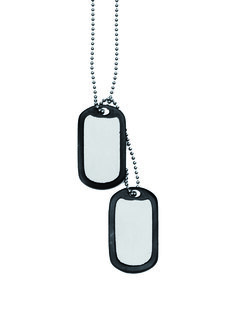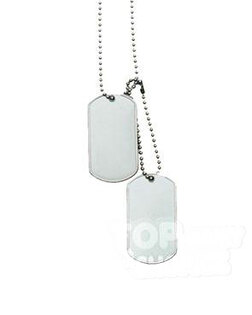What to think about when trekking with a dog
Many dog owners become so attached to their four-legged companion that they can't imagine that they should leave him to a family or even drop him off at a dog hotel when they go on multi-day treks. And if the dog is well-behaved, there is no reason not to take him with you on the trek. It is just necessary to include some extra measures in the planning of supplies, sleeping and the trip as a whole. [Note: We use the personal pronoun "he" here for simplicity, but the same applies if your dog is a female.]
Enough water, just enough food
Remember that if you go on a trip with a dog, you are not only responsible for yourself, but also for your furry friend from the first step. For dogs, Maslow's pyramid of needs works similarly to humans. You will probably synchronize your sleep somehow, but the absolute basis is water. You should always have enough water with you for yourself and your dog.
You probably haven't had your dog for the first day, so you've probably already noticed how the phrase "enough water" is defined in his case. But not all water is the same. If you give your dog chlorinated water from the tap at home before the trip, you will probably have to let it stand for a while. Some dogs drink such water only in the greatest need. On the contrary, it is advisable to plan your route around springs, wells or watercourses. Your dog will appreciate natural sources of water more.
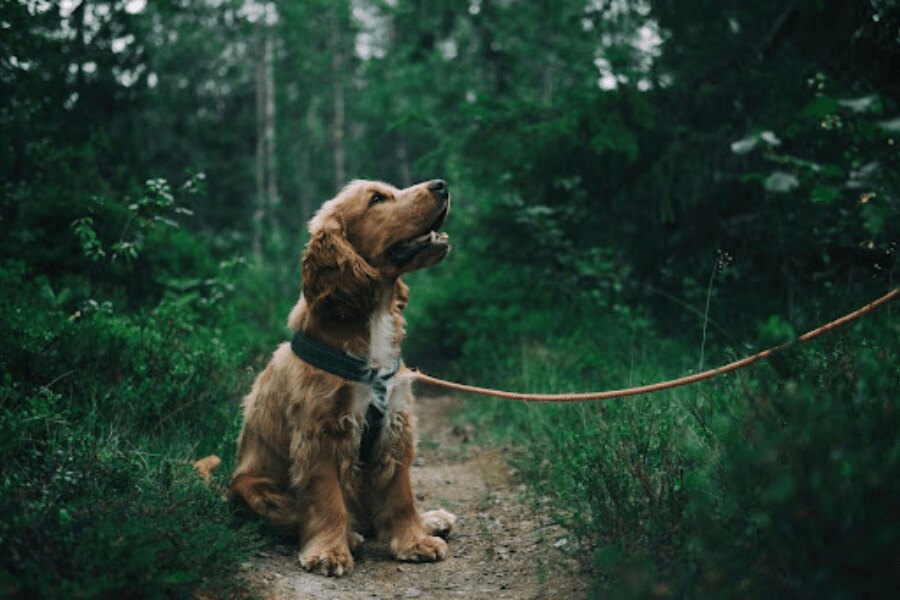
Don't forget to pack enough water, food and treats for your pet.
However, do not rely only on them and rather pack an adequate amount of water for the dog in your backpack in advance. And don't forget that the "reasonable amount" is also influenced by the weather or the number of kilometers traveled. And if for some reason the dog does not drink on command, scent the water with a little meat. You will see how he will lick his chops.
Take just enough food with you. Pellets, which contain concentrated energy, are very effective and, unlike meat, do not spoil so quickly. However, don't be fooled by the recommended amount of pellets on the packaging, taking into account the weight of your dog. With greater energy expenditure, which can be expected on a trek, greater income is also important. Observe your dog and try to estimate how many pellets in addition to the recommended daily dose will be good to pack.
Be sure not to forget treats. These tend to be a very strong motivation for many dogs. Also pack (travel) bowls in which you can put everything for your pet during breaks between stages. And about the breaks – plan the meal for you and your dog in such a way that after it you both get a chance to digest for at least half an hour somewhere in the shade.
Think of the dog and his health
When planning the route, think not only of yourself, but also of your dog's abilities. Before a multi-day trek, take him on longer and longer walks and observe his reactions and changes in the level of fatigue the next day.
Do not forget to adapt the trip to the weather. Now in the summer of 2024, we have experienced extreme heat in central Europe, which most dogs tolerate worse than most people. Definitely do not drag the dog for several hours in the bright sun. And certainly not on other than natural surfaces, such as asphalt or concrete. Your dog will follow you faithfully even at the cost of its own self-destruction. And if you don't believe him, try walking a part of the route in the thirty plus degrees of Celsius barefoot. The dog feels exactly like you all the way.
If you have a puppy (up to approx. 1-1.5 years of age), do not burden him with large portions of kilometers (and an adult dog only if he is used to large portions from before). Of course, it depends on the race, but walking is not exactly healthy movement for bone and cartilage development if there is too much of it.
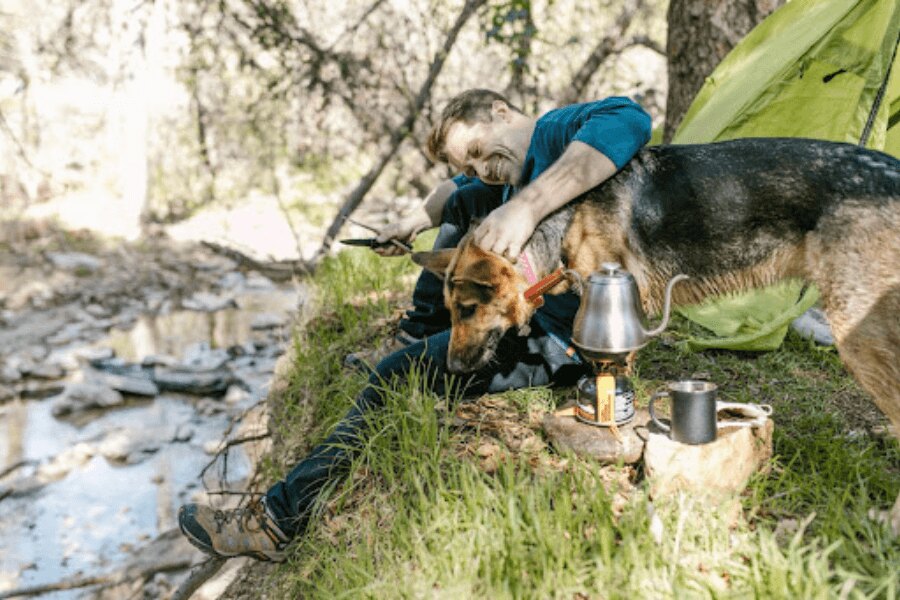
When planning the route, think not only of yourself, but also of your dog's abilities. Long distances in the heat and on asphalt will not be right for him.
Pack the right gear
Traveling with a dog is not for minimalists. Although, on the other hand, minimalists are defined by having only what they need and nothing more. If you're traveling with a dog, you'll simply need a little more of those essentials.
In addition to the above (bowl, food, water), don't forget that, at least in the forest, the dog must always be on a leash by law (even if the Forest Act, the Hunting Act and other laws, at least in the Czech legislation, contradict each other in this regard, for example you will read somewhere that a dog cannot go into the forest at all, elsewhere he can run freely within 50 meters of the owner).
And to make the dog more comfortable when pulling, you should buy a harness besides the collar, if you don't have one yet. When choosing a harness, get advice from more experienced people, because not all harnesses that appear to be ergonomic are actually ergonomic. And it may be difficult for you to estimate the size for the first time. However, pack the collar "just in case" as well.
If you trust your dog, you can let him run free outside the forest. But even vineyards, fields or orchards can be "occupied" by roe deer or wild boar, and if your hunter catches a trail, you could also easily lose him in an unfamiliar environment. If your dog has ever run away from you in the past, it is advisable to equip him with a GPS locator in advance. And, of course, a military tag with the dog's name and your phone number, conveniently called a dog tag in English.
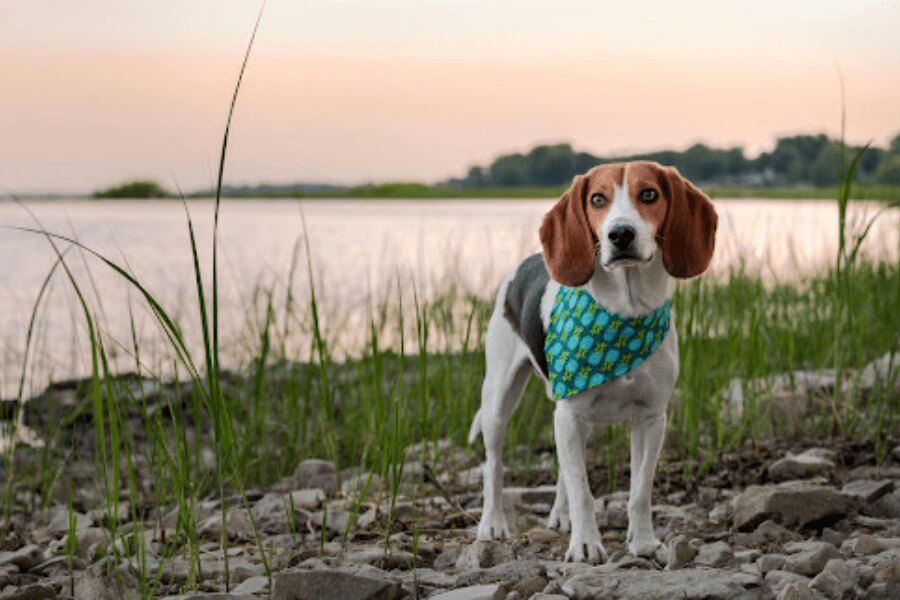
If your dog has ever run away from you in the past, it is advisable to equip him with a GPS locator in advance.
Other equipment will include excrement bags. Of course, in nature, the dog can defecate wherever he wants, but a pile right on the main tourist route is not exactly good solution with regard to those who will follow you along the way. Look for biodegradable bags that will decompose in nature, and then throw the bag with the originally inappropriately placed poo on the way somewhere outside of civilization, where tourists probably won't step.
And one more thing – if you are on your way to a foreign territory, you should have your dog's passport with a stamp from a veterinarian indicating the last vaccination against rabies. And ideally also a sticker with the date of the last deworming. Some countries actually require it.
Sleeping outside or in the cabin?
If you are planning your route in advance, you will probably think about where you will sleep. The solution to sleeping with a dog on the trek is all the more complicated because not all mountain huts or guesthouses along the way are "dog friendly". In short, it's not always the case that you and your dog will be welcomed with open arms.
When sleeping in a tent, you win, the dog will be able to sleep there with you. Although it is better to spread a blanket or dirty clothes on the floor so that the expensive tent is not destroyed with his claws. And definitely don't forget to leave him plenty of water, dogs also need to drink at night. But you probably already know that, so just to be sure…
Place a bowl of water within reach even when you sleep in the open. Especially in remote areas, sleeping in the open with a dog may not be entirely good idea because of the animals that could endanger the dog – whether we are talking about wild boars or even bears.
In any case, if you find a safe campsite where other hikers are sleeping, tie the dog next to you to the nearest tree or perhaps a pole of a tourist shelter. But on a flexible leash so he can go stretch and drink water at night. You can leave him a place next to you on the mat to sleep, although most dogs will still prefer the grass surface or the wooden floor of the tourist shelter.
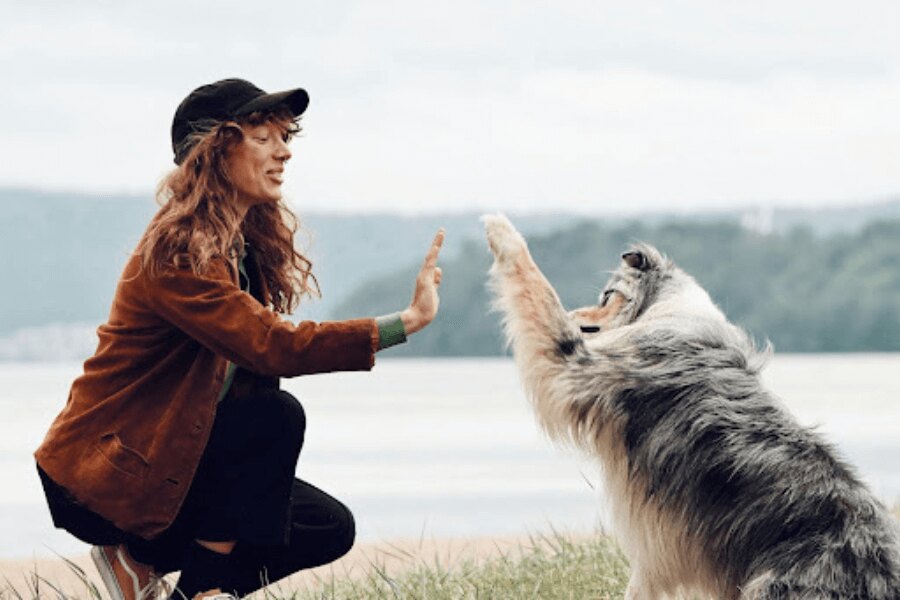
You can take your dog on most routes in the Czech Republic, but you should check in advance whether the routes in the national parks are suitable for pets.
In conclusion
Trekking with a dog, whether for one or more days, is not such a science. However, it is necessary to realize that at that moment you are not only responsible for yourself, but also for the dog, and even for his deeds and crimes during the journey. If a dog so poorly tied somewhere along the route mauls a hen in the local solitary house, a stranger's dog, or even a person, it all falls on your head.
You can take your dog on most routes in the Czech Republic, but you should check in advance whether the routes in the national parks are suitable for pets. For example, in the Slovak Tatras, dogs are prohibited and you can only take them with you on really reserved routes, of which there are a limited number. And on the Polish side of the Tatras, the rules are even stricter.
Therefore, if you are willing and able to take on and accept your responsibility for the dog, you will gain valuable experiences on the route that you would not have obtained during a solo walk. And life is made up of such experiences. So one last rule of trekking with a dog – most of all, enjoy it! Don't be nervous because the dog will sense your nervousness and mirror it. So choose a route that will not make you nervous.
Readers are further interested



























































































































